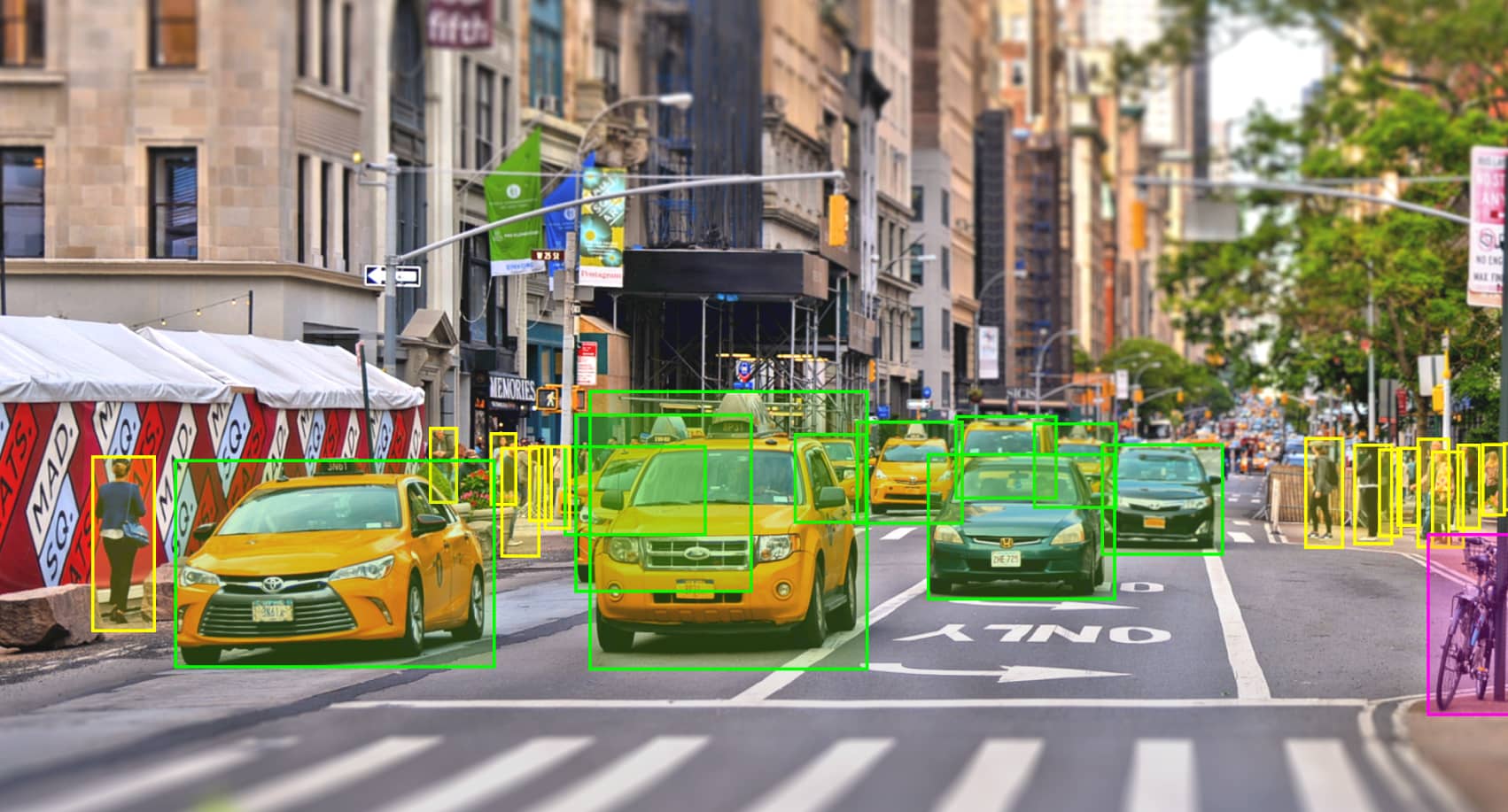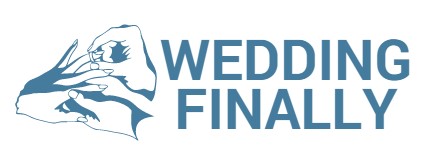Businesses across all industries, in the present data-driven world rely on artificial Intelligence (AI), and machine learning (ML), to extract important insights from huge quantities of data. Image annotation, which is a crucial method in computer vision, is essential to making sense of visual data. In this article, we delves into the realm of image annotation and look at the significance of tools for image annotation as well as software and solutions in unlocking the potential of decision-making based on data.

Image annotation refers to the process of labeling images or adding metadata to them. This makes it possible for computers to interpret and process visual data more accurately. Image annotation allows ML models recognize the patterns, objects, and attributes in images by adding annotations like bounding boxes and polygons. This process can bridge the gap between raw image data and the actionable information, opening the way for applications in various fields, including autonomous vehicles, medical imaging, e-commerce, as well as surveillance systems.
To speed up the annotation process, a wide range of annotation tools have been created. They have user-friendly interfaces that let users quickly mark images or other objects that are of importance. These tools offer a vast range of annotation features and customizable options to suit various data requirements. Image annotation tools offer an array of tools from basic drawing tools to automated suggestions and advanced shape recognition. They increase the precision and efficiency of the annotation process and permit annotators to perform their perform their work efficiently and quickly.
Image annotation software takes the annotation process to the next level by incorporating automation and collaboration features. The software uses ML algorithms to automate the annotation process, which reduces the amount of manual work required and boosting the speed of annotation. An annotation software employs techniques like active learning and transfers the learning process to speed up the process of labeling, while preserving quality outcomes.
The software for annotation allows seamless collaboration amongst multiple annotators. It also provides real-time annotation synchronization and commenting functionality to ensure smooth communication. This approach to collaboration improves annotation quality, but also facilitates sharing knowledge and helps ensure the consistency of annotations.
When choosing an image annotation solution there are a variety of factors to be considered. The first is that the solution should match the particular requirements of the project. This includes the kinds of annotations required (e.g. bounding boxes, polygons, keypoints) along with the complexity of the task of labeling, and the capacity of the solution.
In addition, the flexibility of the solution is vital. A robust annotation solution should enable the customization of workflows for annotation as well as integration with existing data management systems and be compatible with a variety of data formats. This adaptability allows the annotation solution to seamlessly integrate with existing workflows and pipelines, increasing overall productivity.
The third factor is the quality of the annotations produced by the application should be assessed. Quality control techniques are utilized by trusted image annotation software to ensure consistent and accurate labeling. These mechanisms can include annotation validation as well as feedback loops that continue between annotations.
The effect of image annotation extends beyond the annotation process itself. Utilizing image annotation tools or software businesses can enhance the value of their data through a variety of ways. Most importantly, accurate annotations enable the training and development of ML models with better precision and resiliency. The ML models are then applied to various tasks for example, object recognition, image classification, and anomaly detection.
Image annotation also assists in data-driven decision making by providing meaningful, rich information from the visual data. For example, in the healthcare industry, annotated medical images aid in diagnosing diseases in determining abnormalities, as well as planning treatments. Annotations on images are utilized in e-commerce to support features like image search as well as visual merchandising and system for recommending products.
Image annotation combined with data science has changed the way we work. It’s an effective instrument that unlocks an abundance of information. It accelerates data analysis, uncovers connections that are not obvious and gives real-time analysis. Annotating images helps organizations improve their processes and get to market faster, while cost reduction. They also gain a competitive edge. With the capability of images to visualize concepts that are much easier to understand than abstract figures, properly annotated images also increase the data’s readability and accessibility for all stakeholders in any organization. If done properly, annotation is a great way to convert data into actionable information and enhance the effectiveness of all the applications.
